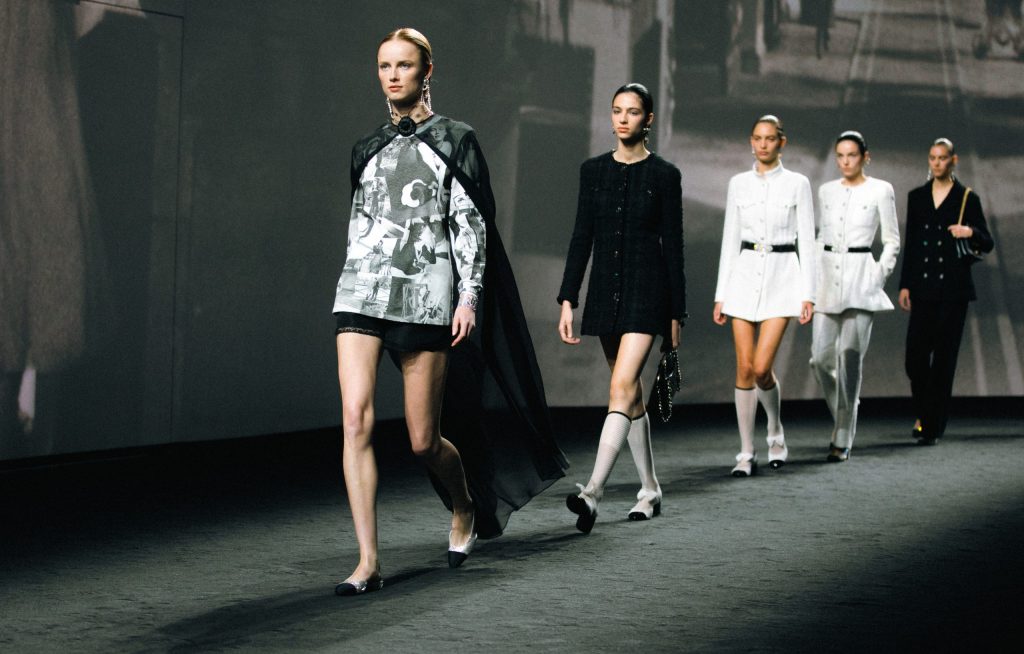Step into the enchanting world of French fashion houses, where creativity meets craftsmanship, and elegance intertwines with innovation. In this article, we embark on an exhilarating journey that goes beyond the glitz and glamour of haute couture, diving deep into the essence of these legendary fashion institutions. From their rich history and timeless designs to their iconic figures and cultural impact, we will unlock the secrets that make French fashion houses the epitome of sartorial excellence.
Timeless Traditions and Captivating Heritage
When we think of French fashion houses, images of sophistication, grace, and impeccable taste instantly come to mind. These prestigious establishments have built their reputation on a foundation of time-honored traditions and a deep appreciation for craftsmanship.
One such remarkable house is Chanel, the brainchild of the iconic Gabrielle “Coco” Chanel. From its humble beginnings in the early 20th century to its status as a global fashion powerhouse, Chanel has remained at the forefront of elegance and innovation. Coco Chanel revolutionized women’s fashion by introducing comfortable yet stylish pieces, such as the little black dress and the iconic Chanel suit. Today, the brand continues to captivate the world with its haute couture collections, iconic fragrance line, and avant-garde accessories.

Another legendary name in the world of French fashion is Christian Dior. Founded in 1946, Dior has mesmerized generations with its glamorous designs and meticulous attention to detail. The famous “New Look” introduced by Christian Dior in 1947 reshaped the fashion landscape, bringing back a sense of femininity and opulence after the austerity of World War II. Dior’s exquisite craftsmanship and visionary approach have made it a symbol of luxury and sophistication, influencing countless designers and shaping the very essence of French fashion.
Visionaries and Cultural Icons
French fashion houses have not only left an indelible mark on the fashion industry but also played a pivotal role in shaping popular culture. Behind these renowned establishments are visionary designers who have become cultural icons in their own right.
Yves Saint Laurent, often regarded as one of the greatest fashion designers of the 20th century, revolutionized women’s fashion with his bold and groundbreaking designs. From the iconic Le Smoking tuxedo suit for women to the Mondrian collection, Saint Laurent’s fearless approach challenged traditional notions of femininity and redefined elegance. His influence transcended fashion, inspiring art and culture, and cementing his legacy as an artistic visionary.

Jean-Paul Gaultier, known for his avant-garde creations and boundary-pushing designs, brought a sense of irreverence and playfulness to the world of fashion. Gaultier’s imaginative and inclusive approach challenged societal norms and celebrated diversity. He famously introduced the concept of unisex fashion, blurring the lines between masculinity and femininity. Gaultier’s impact on popular culture can be seen through his collaborations with musicians, film directors, and even his iconic cone bra worn by Madonna during her “Blond Ambition” tour.
Conclusion
French fashion houses are more than just labels; they are cultural institutions that have shaped the world of fashion as we know it. Through their timeless traditions and captivating heritage, these houses continue to inspire and captivate fashion enthusiasts around the globe. From Coco Chanel’s revolutionary designs to the visionary approaches of Christian Dior, Yves Saint Laurent, and Jean-Paul Gaultier, the essence of French fashion houses lies in their ability to fuse art, craftsmanship, and innovation into garments that transcend time. So, embrace the allure of the French fashion scene, and let it transport you into a world where style knows no boundaries.



